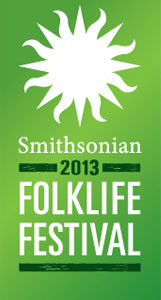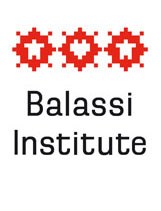A World Heritage Site is a place that is listed by the UNESCO as of outstanding cultural or natural importance to the common heritage of humanity. The UNESCO list contains 8 designated properties in Hungary:
| Cultural |
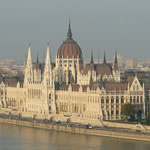 Budapest, including the Banks of the Danube, the Buda Castle Quarter and Andrássy Avenue (1987) Budapest, including the Banks of the Danube, the Buda Castle Quarter and Andrássy Avenue (1987)
This site has the remains of monuments such as the Roman city of Aquincum and the Gothic castle of Buda, which have had a considerable influence on the architecture of various periods. It is one of the world’s outstanding urban landscapes and illustrates the great periods in the history of the Hungarian capital. |
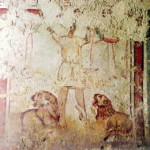 Early Christian Catacombs of Pécs (Sopianae) (2000) Early Christian Catacombs of Pécs (Sopianae) (2000)
In the 4th century, a remarkable series of decorated tombs were constructed in the cemetery of the Roman provincial town of Sopianae (modern Pécs). These are important both structurally and architecturally, since they were built as underground burial chambers with memorial chapels above the ground. The tombs are important also in artistic terms, since they are richly decorated with murals of outstanding quality depicting Christian themes. |
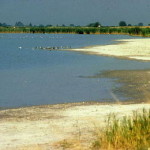 Fertő / Neusiedlersee Cultural Landscape (2001) Fertő / Neusiedlersee Cultural Landscape (2001)
The Fertő/Neusiedler Lake area has been the meeting place of different cultures for eight millennia. This is graphically demonstrated by its varied landscape, the result of an evolutionary symbiosis between human activity and the physical environment. The remarkable rural architecture of the villages surrounding the lake and several 18th- and 19th-century palaces adds to the area’s considerable cultural interest. |
 Hortobágy National Park – the Puszta (1999) Hortobágy National Park – the Puszta (1999)
The Hungarian Puszta is an outstanding example of a cultural landscape shaped by a pastoral human society. The landscape of the Hortobágy National Park preserves intact and visible the evidence of its traditional use over more than two millennia and represents the harmonious interaction between human beings and nature. |
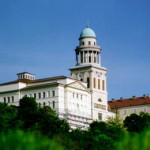 Millenary Benedictine Abbey of Pannonhalma and its Natural Environment (1996) Millenary Benedictine Abbey of Pannonhalma and its Natural Environment (1996)
This site is of outstanding universal value illustrating in an exceptional manner the structure and setting of an early Christian Monastery that has evolved over a thousand years of continuous use. Its location and the early date of its foundation bear unique witness to the propagation and continuity of Christianity in Central Europe. |
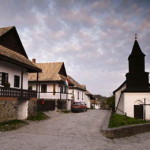 Old Village of Hollókő and its Surroundings (1987) Old Village of Hollókő and its Surroundings (1987)
Hollókő is an outstanding example of a deliberately preserved traditional settlement. This village, which developed mainly during the 17th and 18th centuries, is a living example of rural life before the agricultural revolution of the 20th century. |
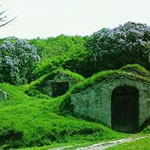 Tokaj Wine Region Historic Cultural Landscape (2002) Tokaj Wine Region Historic Cultural Landscape (2002)
The cultural landscape of Tokaj graphically demonstrates the long tradition of wine production in this region of low hills and river valleys. The intricate pattern of vineyards, farms, villages and small towns, with their historic networks of deep wine cellars, illustrates every facet of the production of the famous Tokaj wines, the quality and management of which have been strictly regulated for nearly three centuries. |
| Natural |
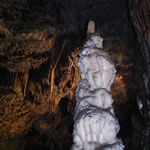 Caves of Aggtelek Karst and Slovak Karst (1995) Caves of Aggtelek Karst and Slovak Karst (1995)
The variety of formations and the fact that they are concentrated in a restricted area means that the 712 caves currently identified make up a typical temperate- zone karstic system. Because they display an extremely rare combination of tropical and glacial climatic effects, they make it possible to study geological history over tens of millions of years. |


